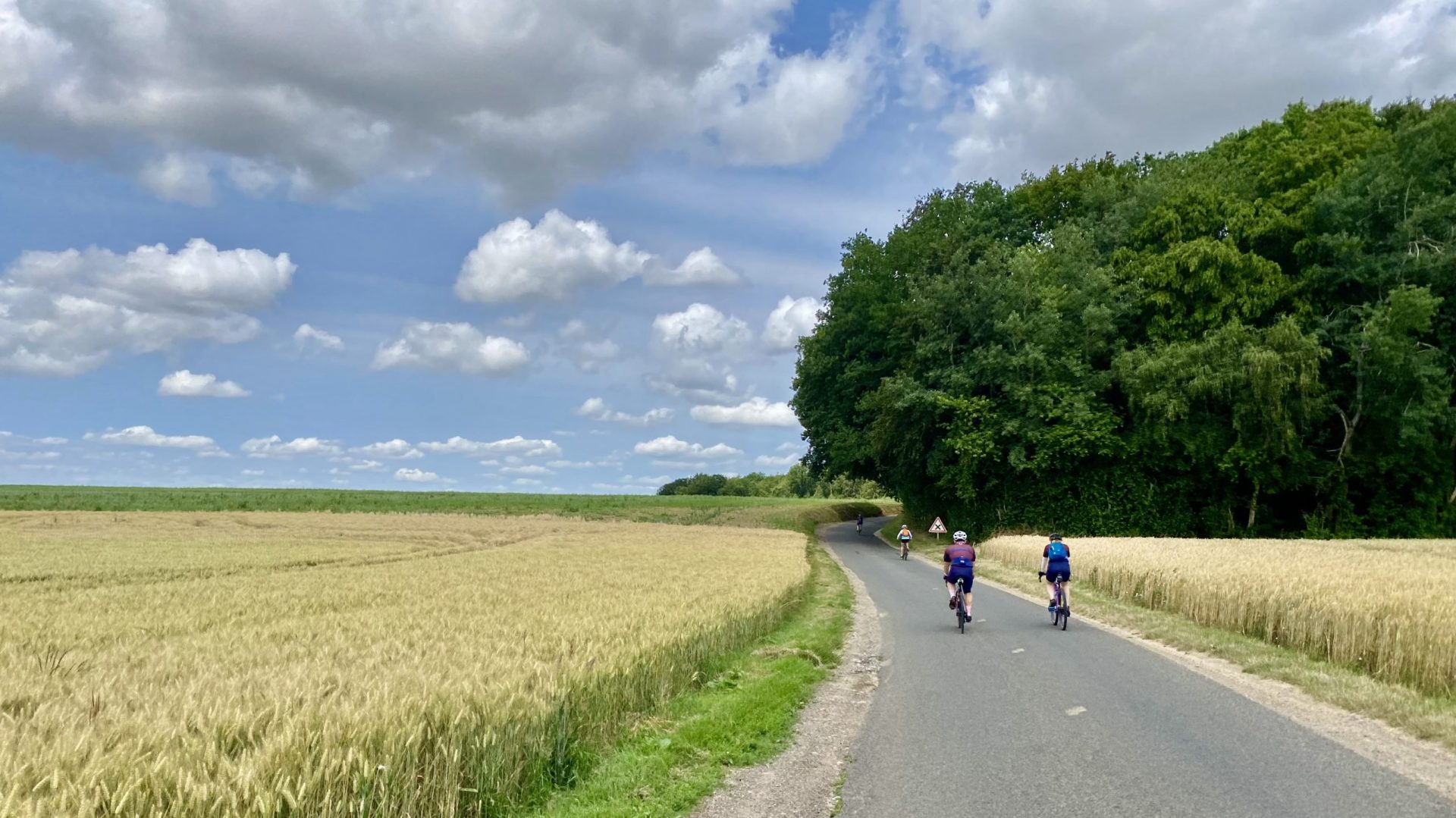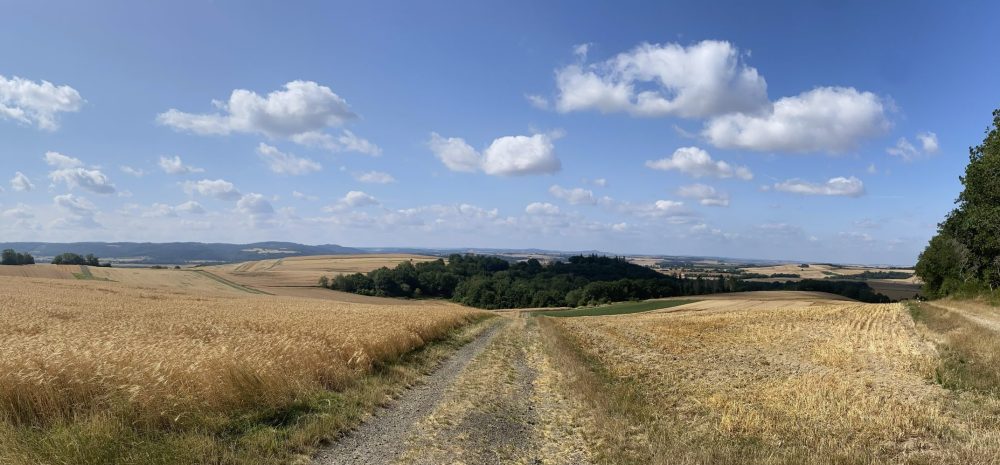The final day of our odyssey has unfortunately arrived…
Today’s ride was 95.6 km with 858 vertical metres of climbing as we travelled along the Moselle and then crossed over to the Rhine and Remagen Bridge.
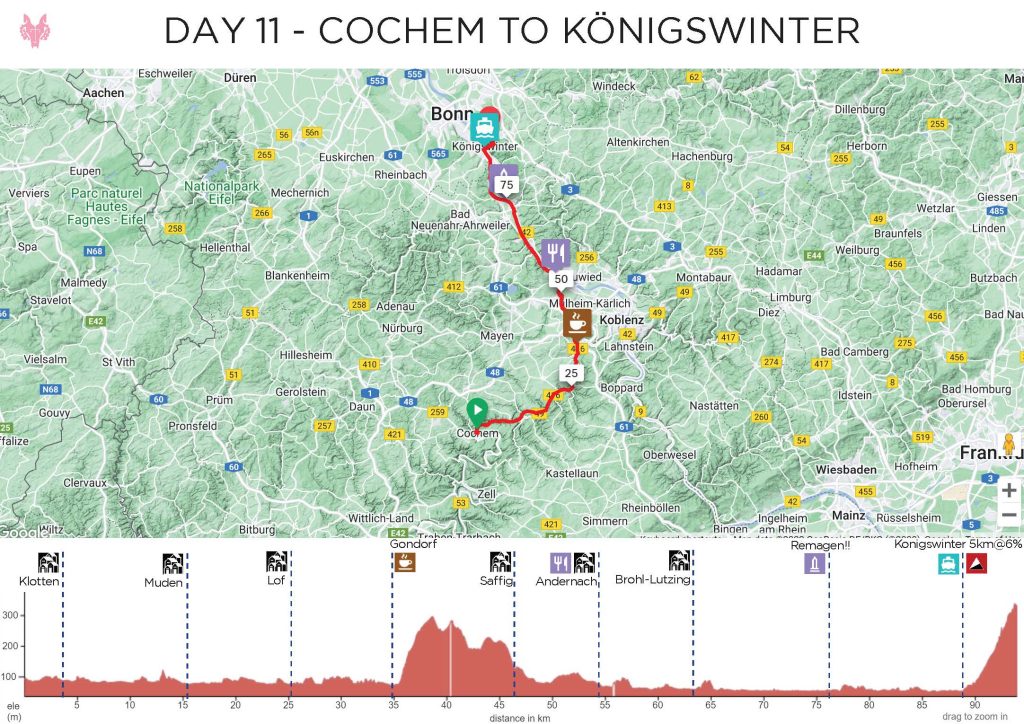
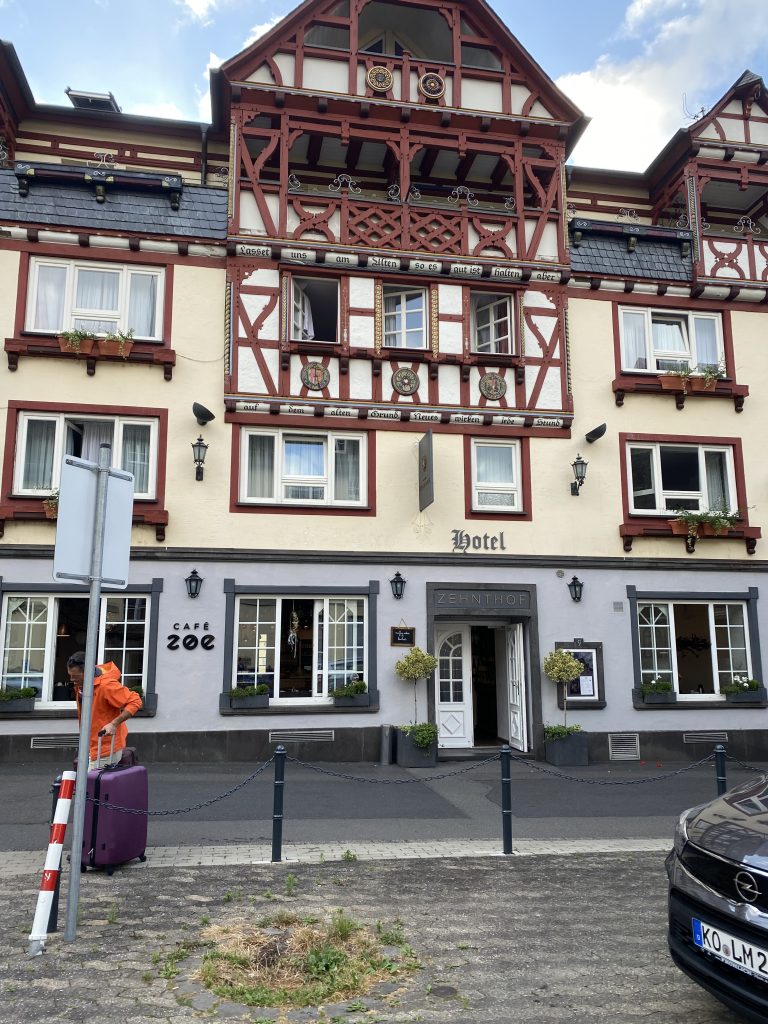
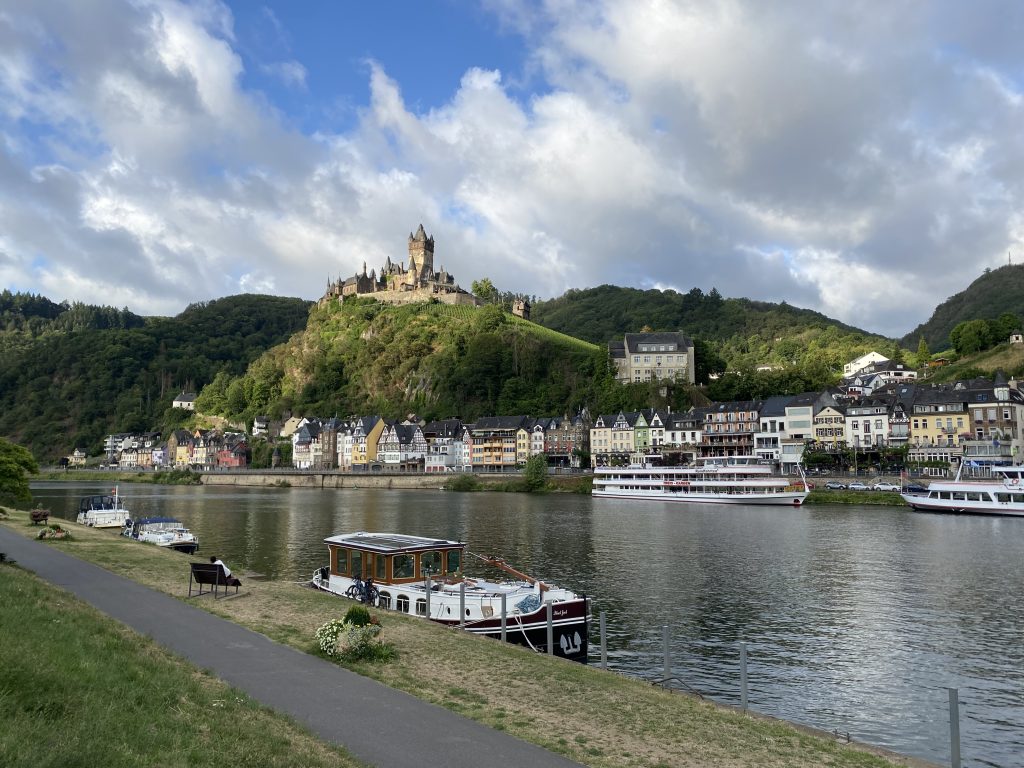
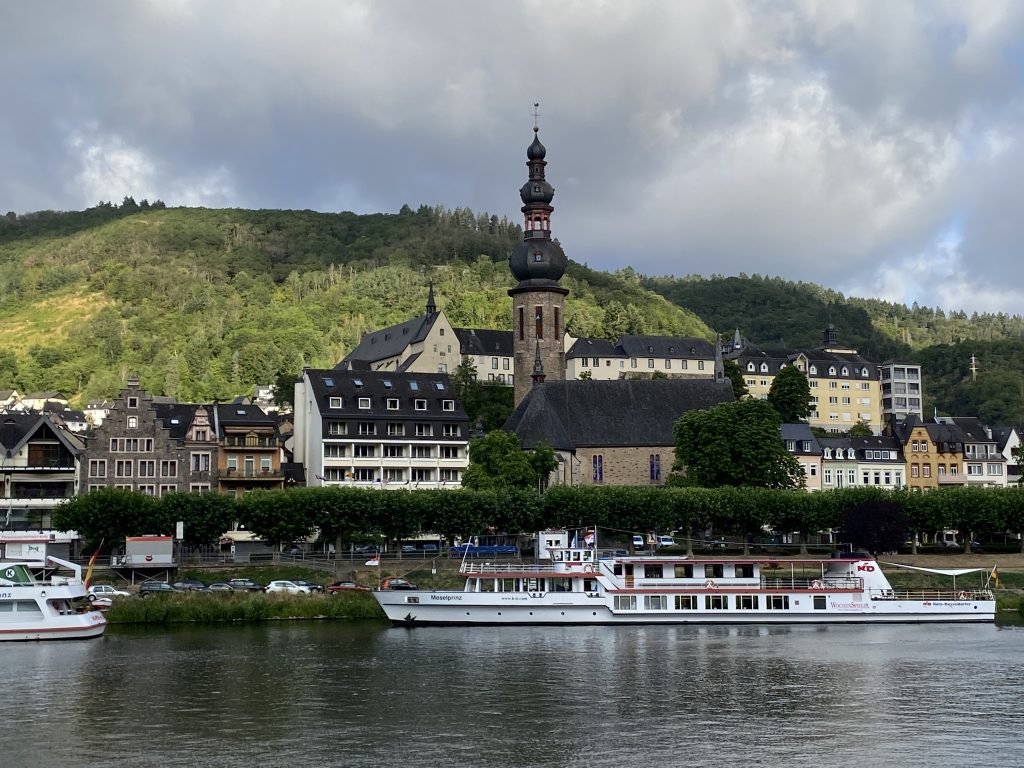
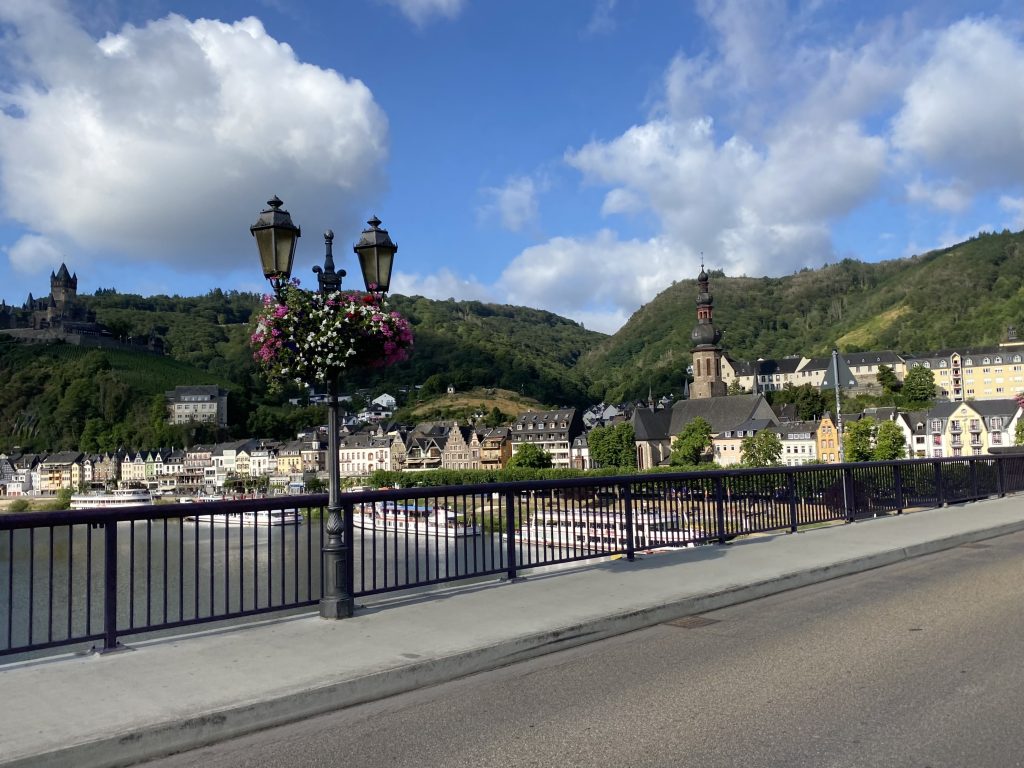

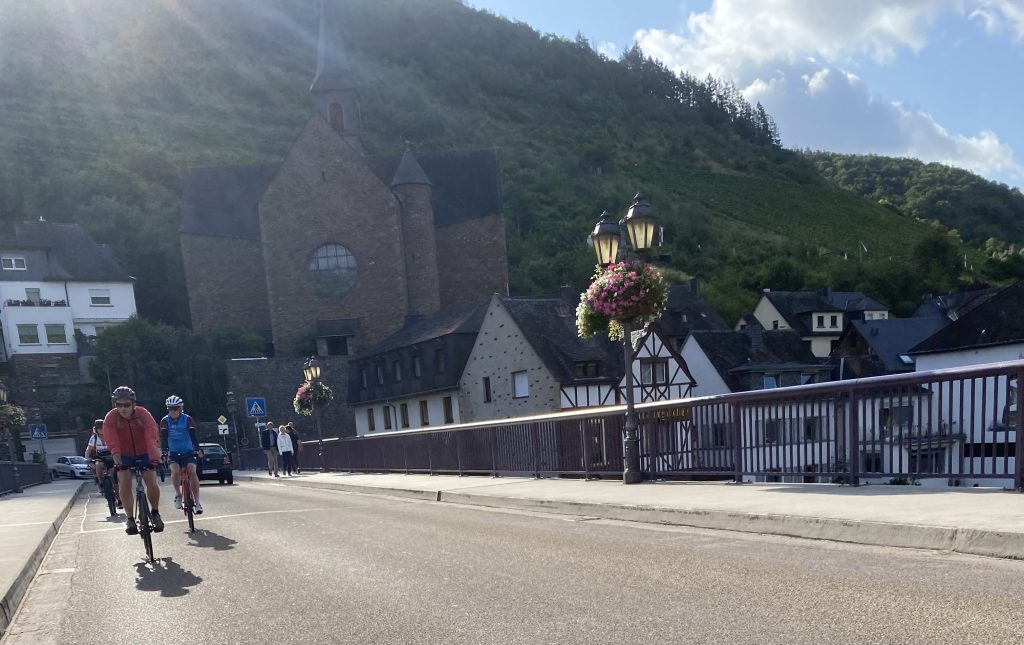
The morning ride was amazing; a flat, quiet bike path, smooth tarmac, strong wind at our backs and beautiful views. We rolled to coffee averaging around 30 km an hour. Not much time for photos the riding was too perfect!
We arrived in Koben-Gondor for our last morning coffee together. At this point, we left the Mosel and climbed up over the ridge and down into the Rhine Valley, cutting off considerable kilometres.
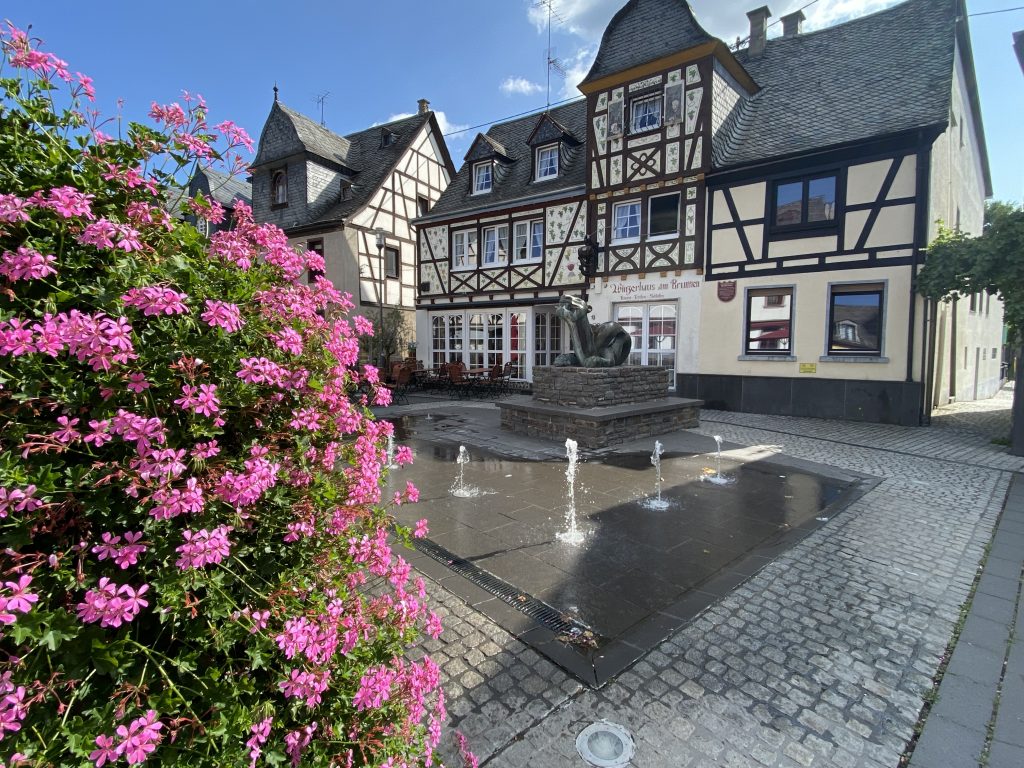
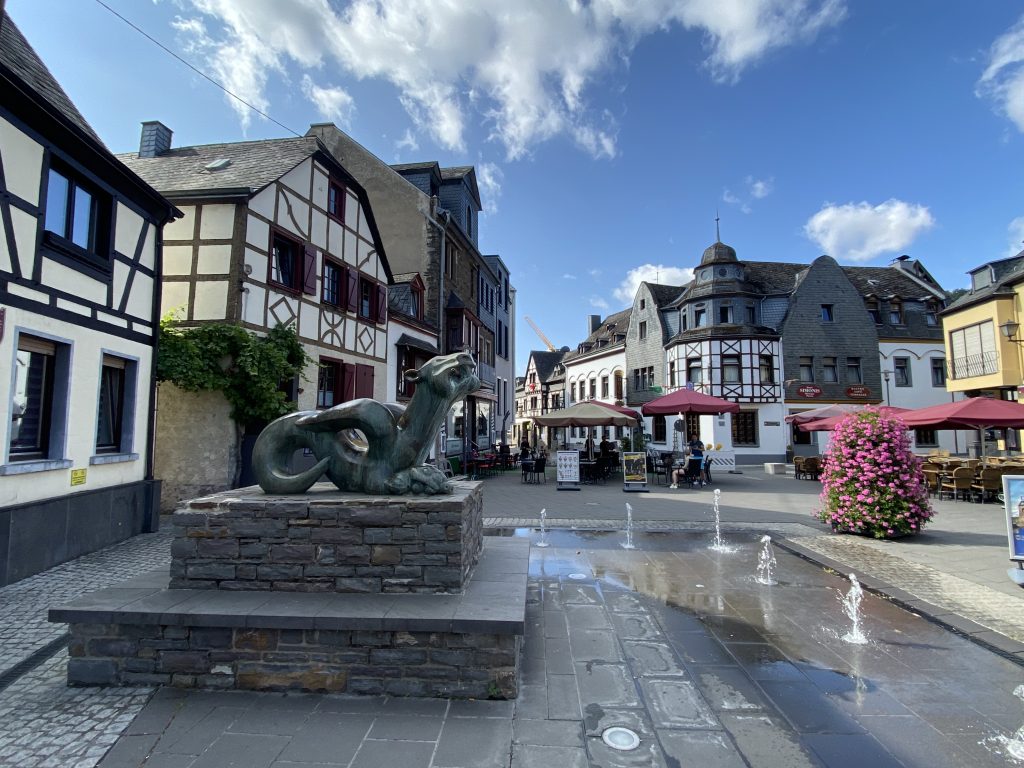
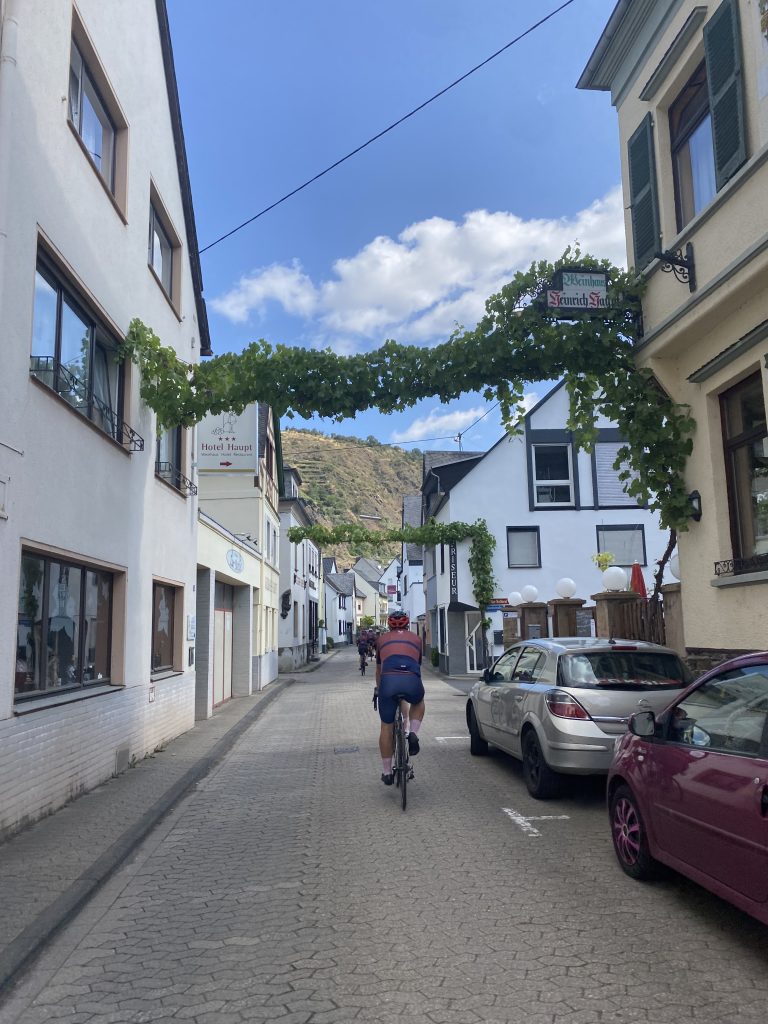
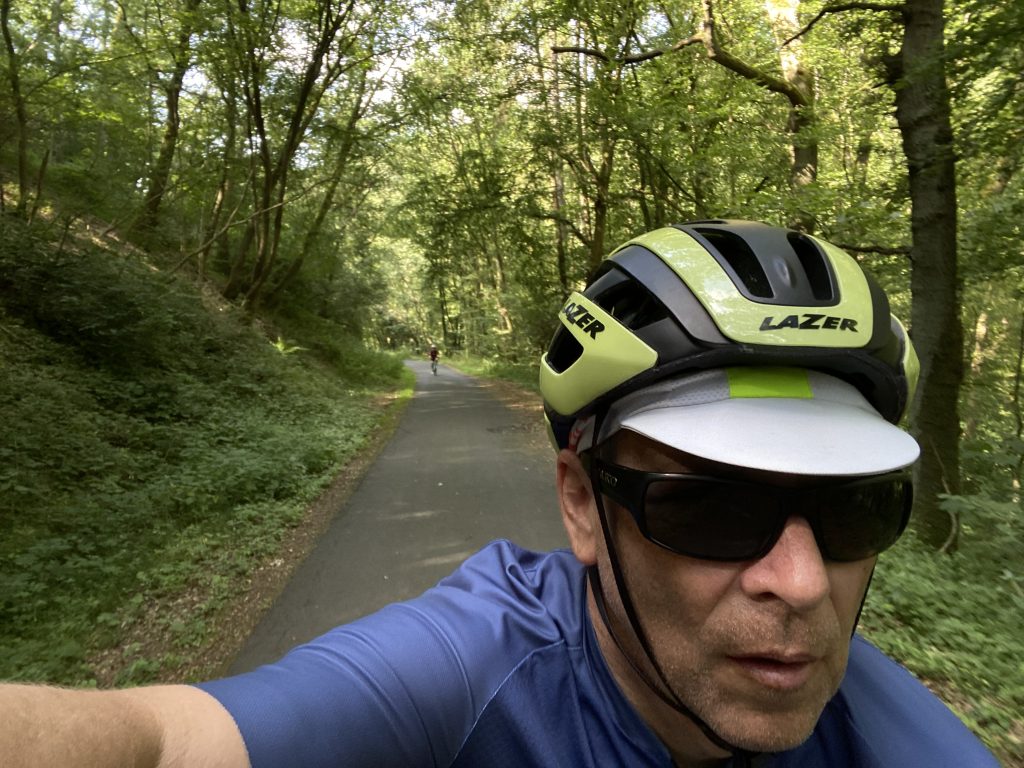

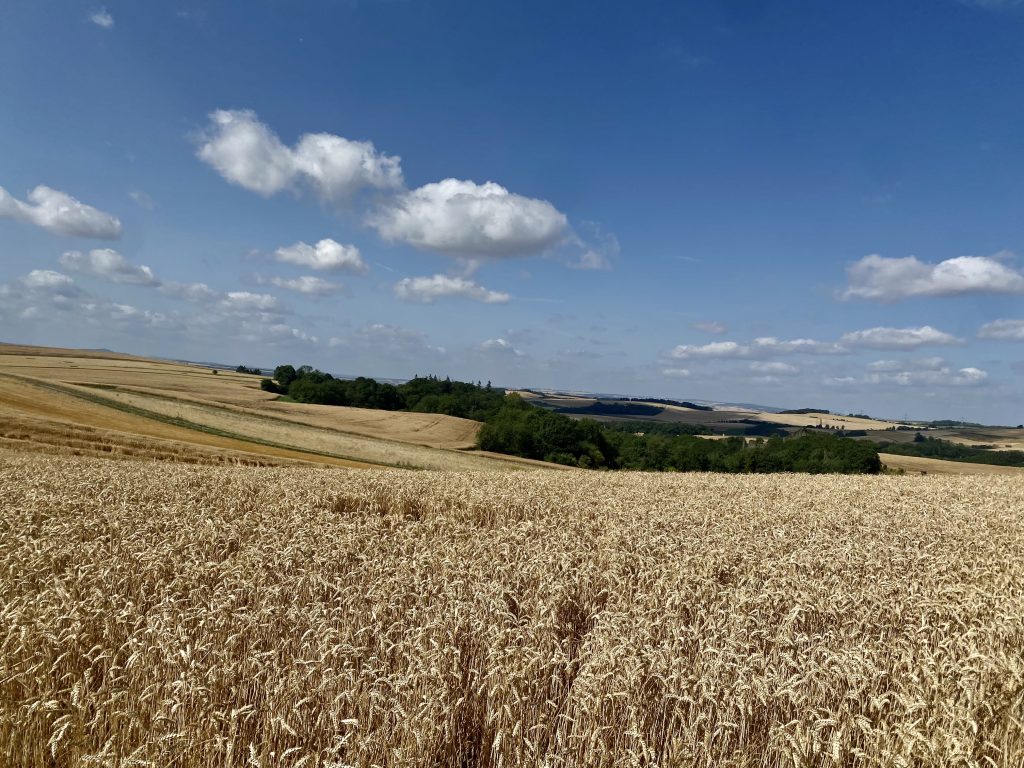
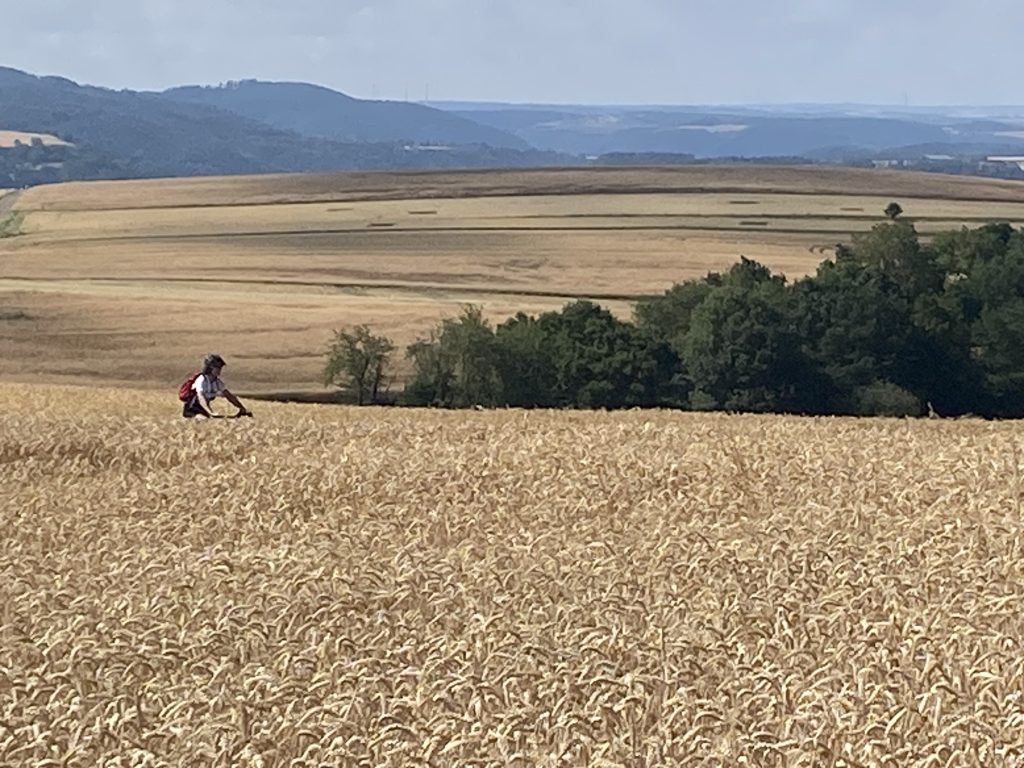
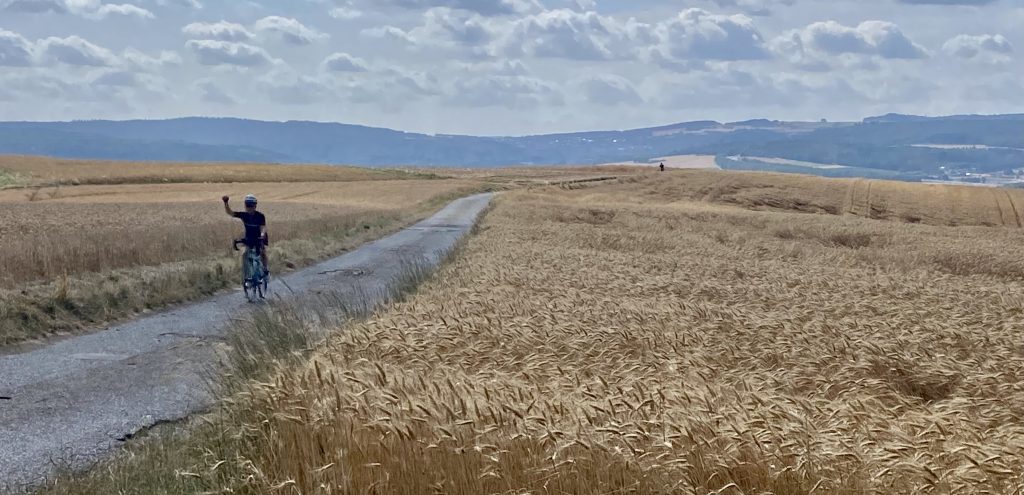

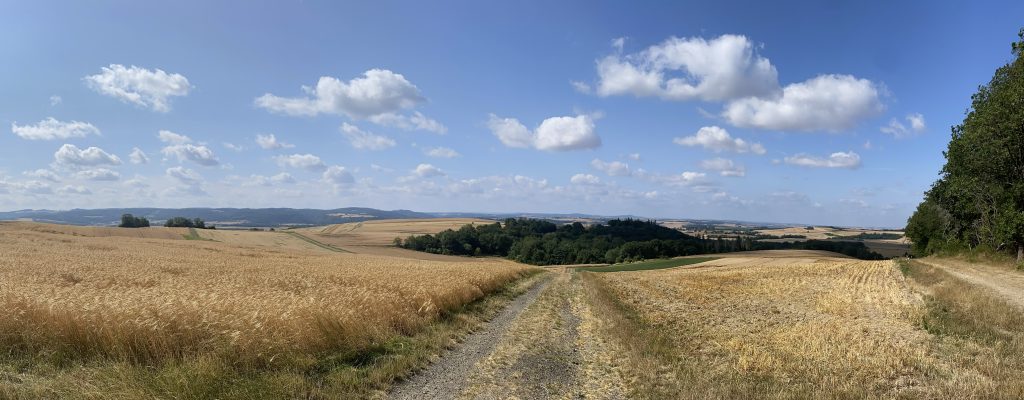
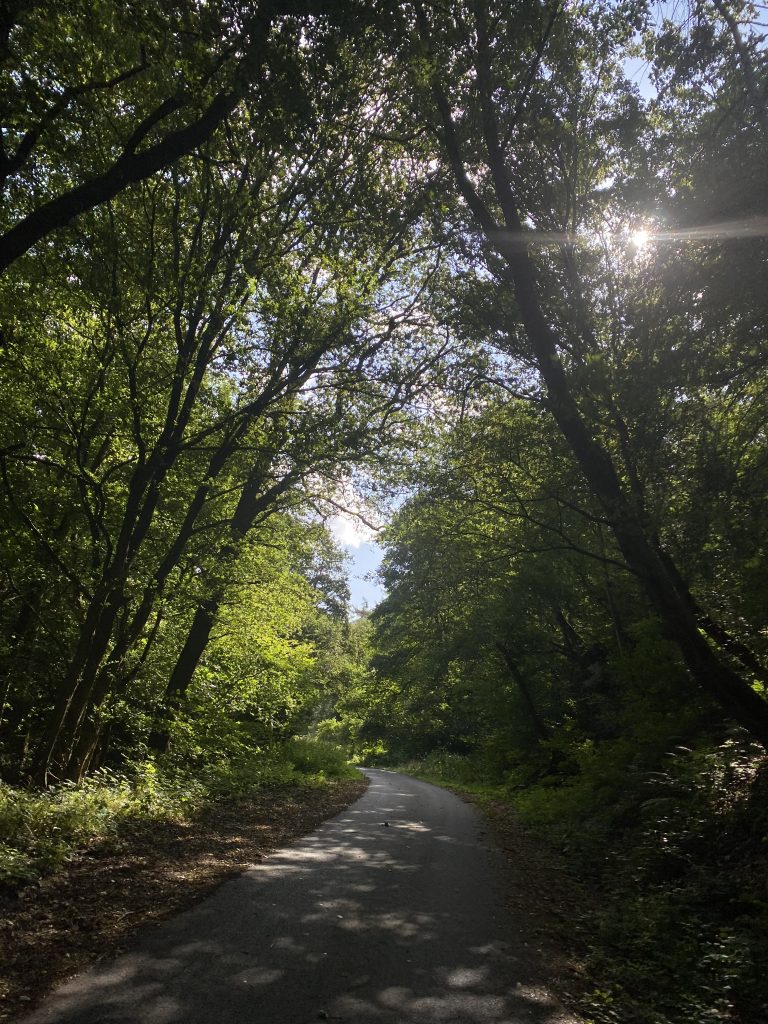




We met the van at Andemach before joining the Rhine River bike paths to make our way to the Ludendorff Bridge ruins and have lunch.
The bridge was originally built during World War I and was still standing toward the end of World War II. The Rhine had always been a natural border between Germany and the nearby countries and during the Second World War, it was the bridge that allowed Americans to enter the heart of Germany – the Ruhr and from there the rest of the country. Nowadays there is a fascinating museum you can visit and you can see the remains of the bridge.
Our trip plan says the following about the battle:
As the Allied armies approached, Hitler ordered the destruction of all the bridges that spanned the Rhine. By March 7, they all had been, except one – the Ludendorff railroad bridge at the little resort town of Remagen a few miles to the southeast of Cologne. On that day Lady Luck smiled on the Allies. At about 1 PM an American reconnaissance patrol reached the wooded hills overlooking the river at Remagen, and to their surprise, discovered the bridge still intact. Then the race began.
The Americans quickly launched a full-scale assault on the bridge while the defending Germans scrambled to detonate the explosive charges that had been set to destroy it. The fighting was fierce as both sides realized what was at stake. The American soldiers scrambled under withering gunfire from girder to girder returning fire and ripping the explosives from the bridge’s superstructure. The Germans were successful in detonating some explosives – but not enough to destroy the bridge. By 4 PM – approximately four minutes after the assault began – the Americans had reached the other side of the river and secured the bridge. When informed, 1st Army commander Omar Bradley responded: “Hot dog . . .this will bust ’em wide open. Shove everything you can across!”
Everett Holles was an NBC Radio war correspondent accompanying the troops that assaulted the Rhine. He describes what happened as the American force approached the bridge:
On beyond the four towers of the Apollinariskirche that glistened in a drizzle of rain they saw Remagen’s 400-yard-long, three-span bridge across the Rhine. The bridge ran to the village of Erpel on the east bank and across it lay two railroad tracks. Other American forces had come up against the same sort of thing before, but always, as they came to the Rhine crossings, the bridges went up in great explosions before their eyes, set off by German demolition engineers.
Traffic was still moving across the Ludendorf Bridge. On the other side, locomotives puffed, awaiting orders to pull out. Lt. Col. Leonard Engemann of Minneapolis, in command of a reconnaissance party, was determined to save this bridge if it was at all possible. So, at 3:50, a platoon led by Lieut. Emmett Burrows of New York City sped down the slope to the bridge entrance. There was a flurry of shooting as the Germans, taken completely by surprise, scurried about trying to organize a defence. A German gun was knocked out, and some German soldiers were killed. Then the Yanks, crouching low against machine gun fire coming from the bridge towers, ran out onto the bridge. Just as they stepped on the span, an explosion occurred three-quarters of the way down the bridge. The Germans were setting off demolition charges, and the men thought surely their chance was gone. But no, only slight damage was done. They raced on.
Sgt. Alexander A. Drabik, a tall, lanky former butcher from Holland, Ohio, was the first American across the Rhine, the first invader to reach its east bank since the time of Napoleon. But he wanted all the honours passed on to a young lieutenant of the engineers, John W. Mitchell of Pittsburgh.
“While we were running across the bridge – and, man, it may have been only 250 yards but it seemed like 250 miles to us – I spotted this lieutenant, standing out there completely exposed to the machine gun fire that was pretty heavy by this time. He was cutting wires and kicking the German demolition charges off the bridge with his feet! Boy, that took plenty of guts. He’s the one who saved the bridge and made the whole thing possible – the kinda guy I’d like to know.”
Soon the bridge was swarming with Americans, while Mitchell, joined now by other engineers, cut and jerked out wires leading to dynamite charges. Gingerly they detached detonators and lifted boxes of explosives from the piers.
Later, from prisoners, the Americans learned that the Germans planned to blow up the span at precisely four o’clock. But the German officer assigned to the demolition job was drunk when the American tanks reached Remagen. This officer, a lieutenant, had gone into the town of Eprel as the Yanks approached and spread the word boastfully that ‘the bridge goes up at four o’clock this afternoon’.
German soldiers and civilians, gathering from miles around, were sitting in ‘grandstand’ seats at every vantage point on the east bank, waiting for the spectacular event to come off, when Burrows’ patrol ran onto the bridge – ten minutes before the hour fixed for its destruction. The German lieutenant signalled the plunger down. Two small explosions occurred, but the bridge only shuddered and remained standing. Several of the fuses had been faulty.
. . .By nightfall scores of tanks, and trucks by the hundreds were moving up and across the Rhine. All roads leading to Remagen were packed with American troops and trucks and armour and guns. Soldiers who had been ready to drop from fatigue stepped on the accelerator, broad grins splitting their begrimed faces. The Ludendorf bridge had become a one-way street, eastbound.
After months of aircraft bombing, direct artillery hits, near misses, and deliberate demolition attempts, the Ludendorff Bridge finally collapsed on 17 March at about 3:00 pm. From its capture 10 days before, over 25,000 troops and thousands of vehicles had crossed the bridge and the other two newly built tactical bridges. 28 combat engineers were killed and about 60 injured.
This was officially the end of the historical components of the tour, but there was still some riding, a ferry across the Rhine and a final climb to come.
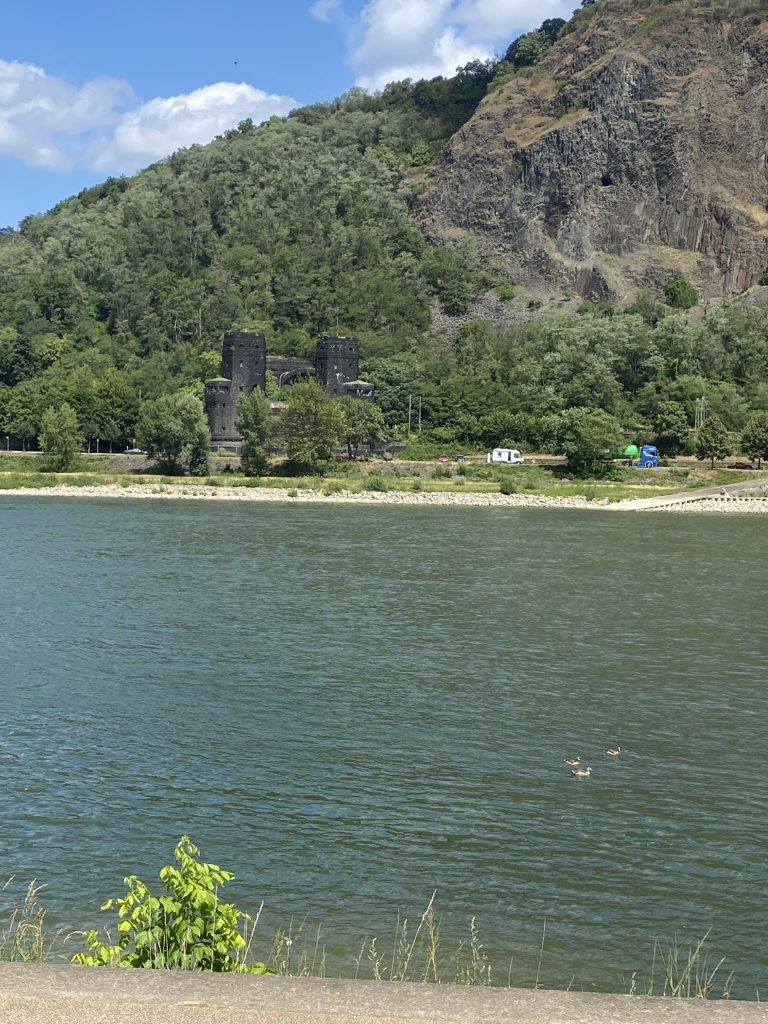
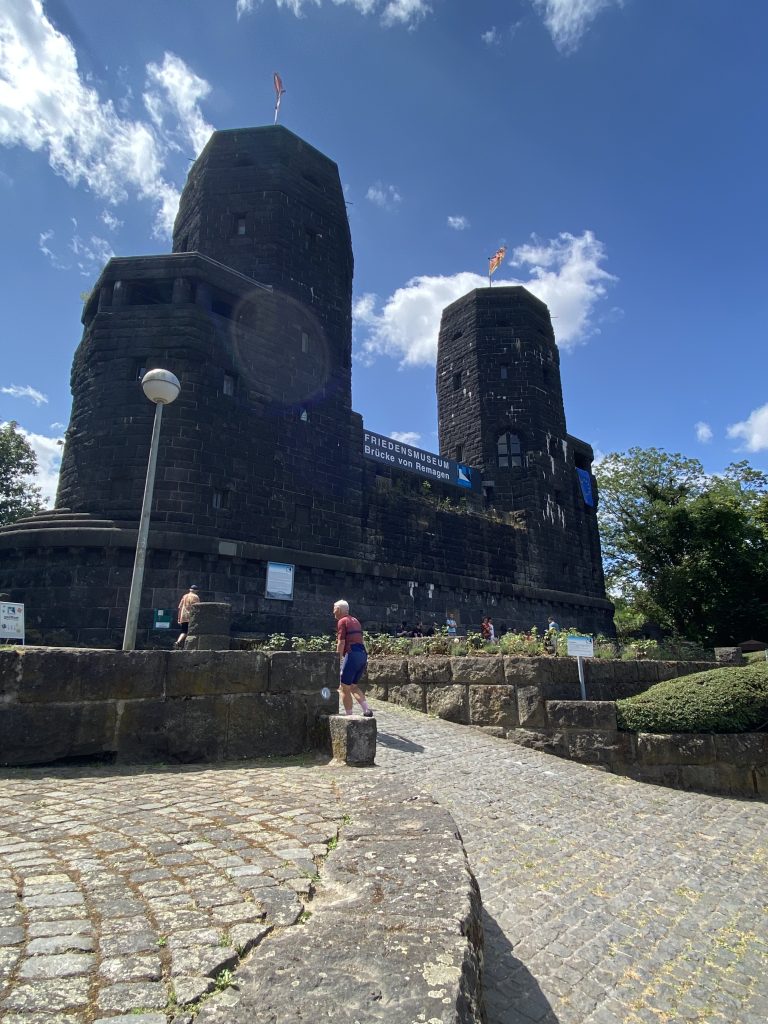

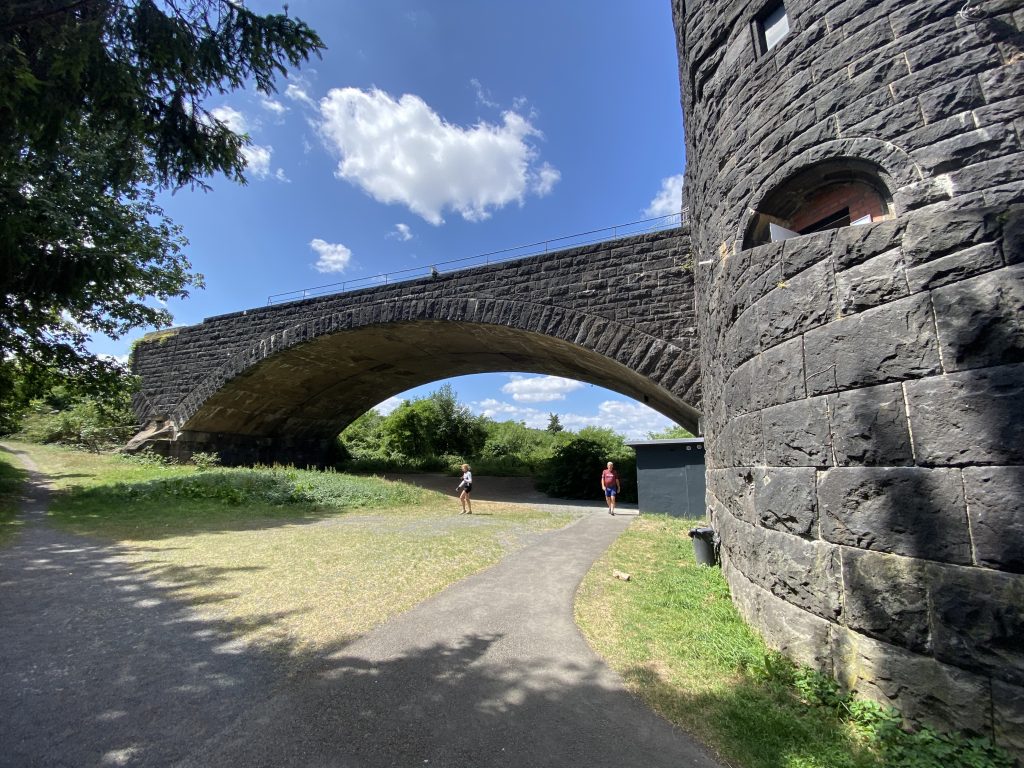

Our final destination was the famous Steigenberger Hotel above the river at Konigswinter. But had to climb up to it…
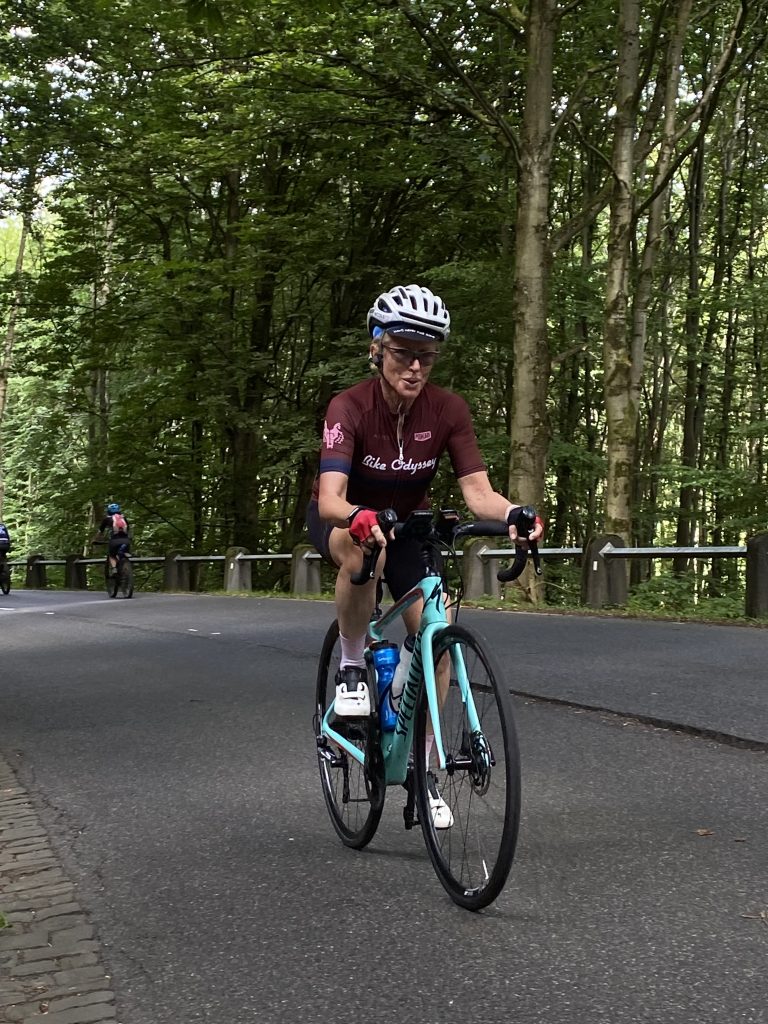

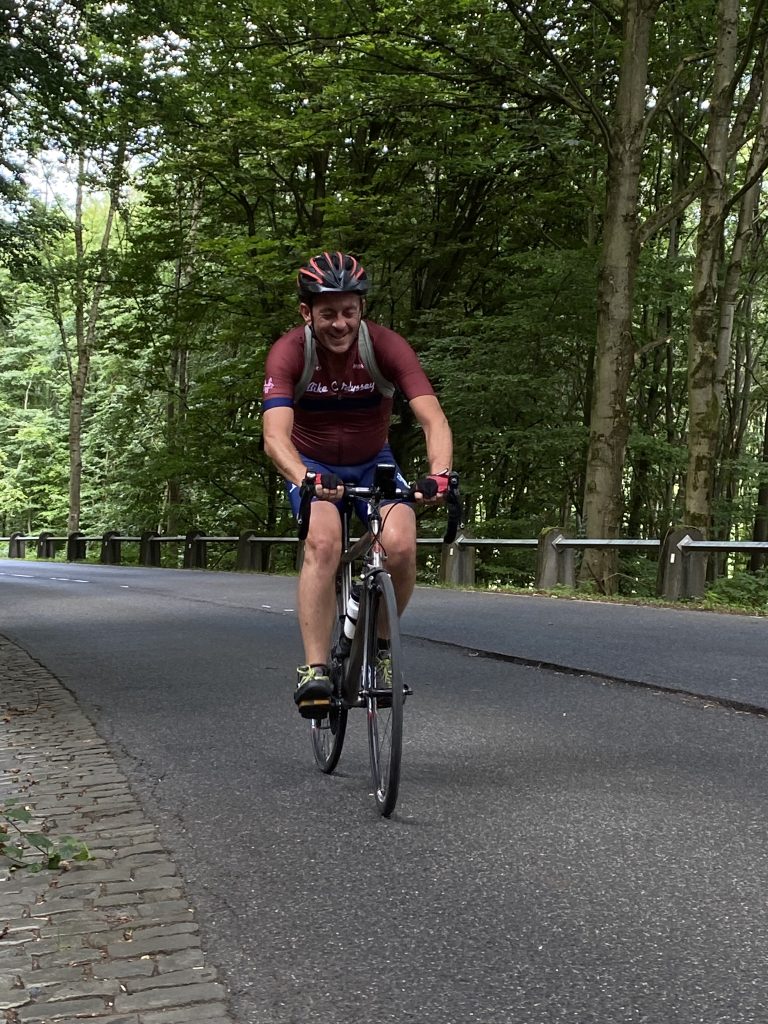
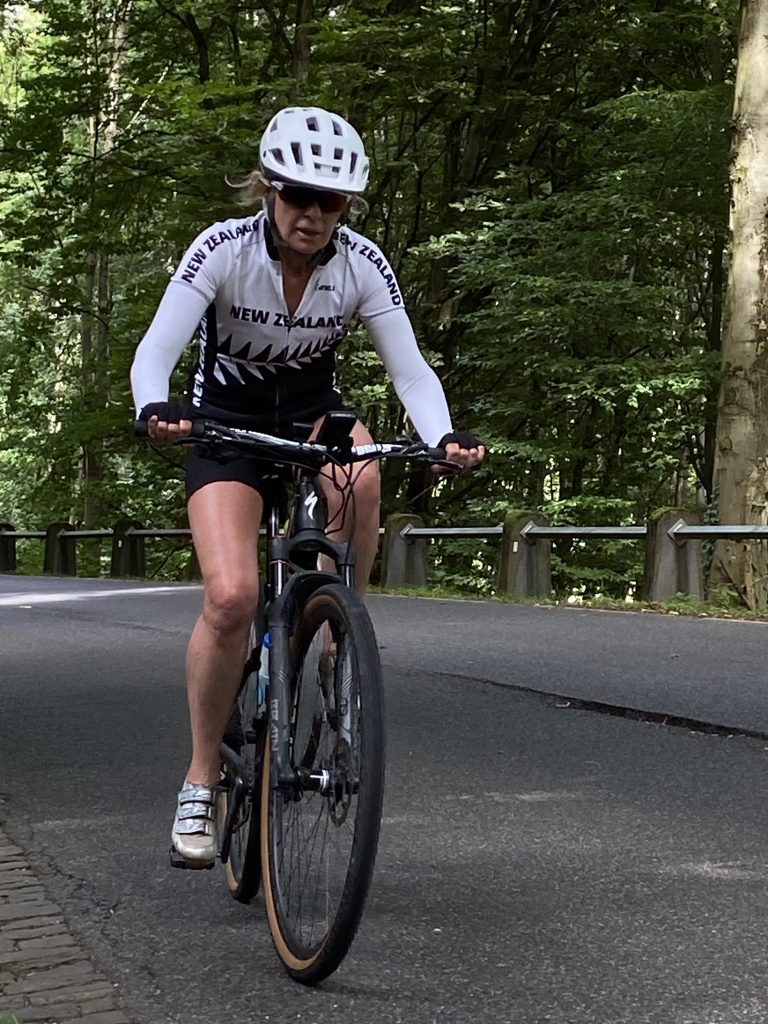

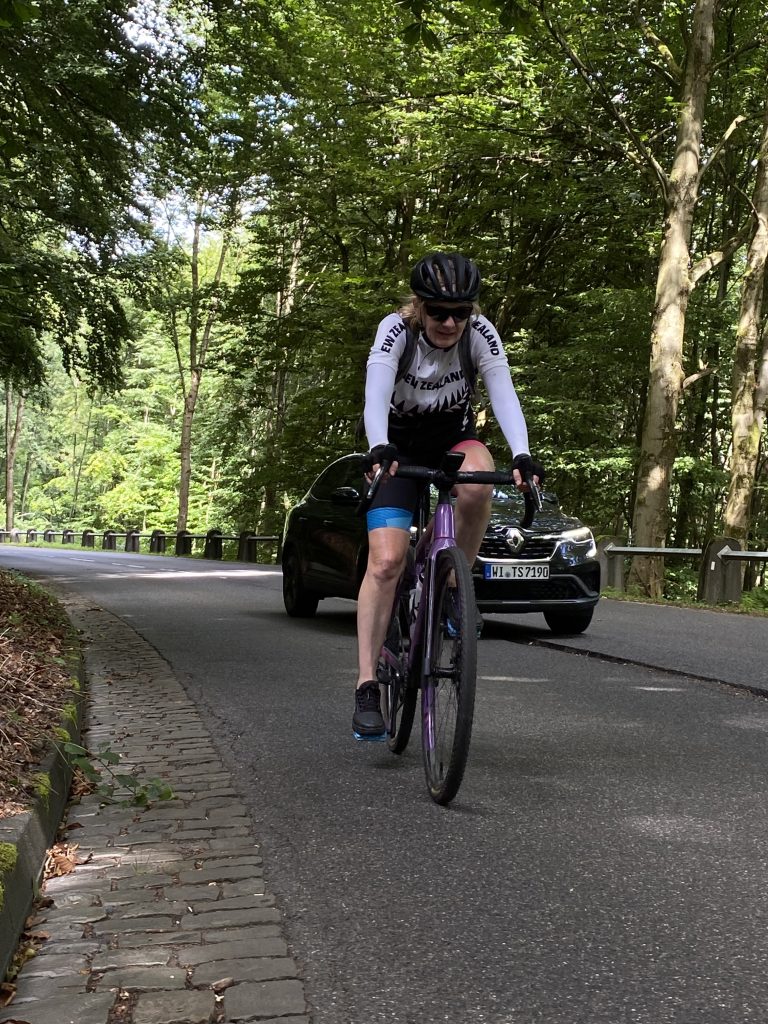
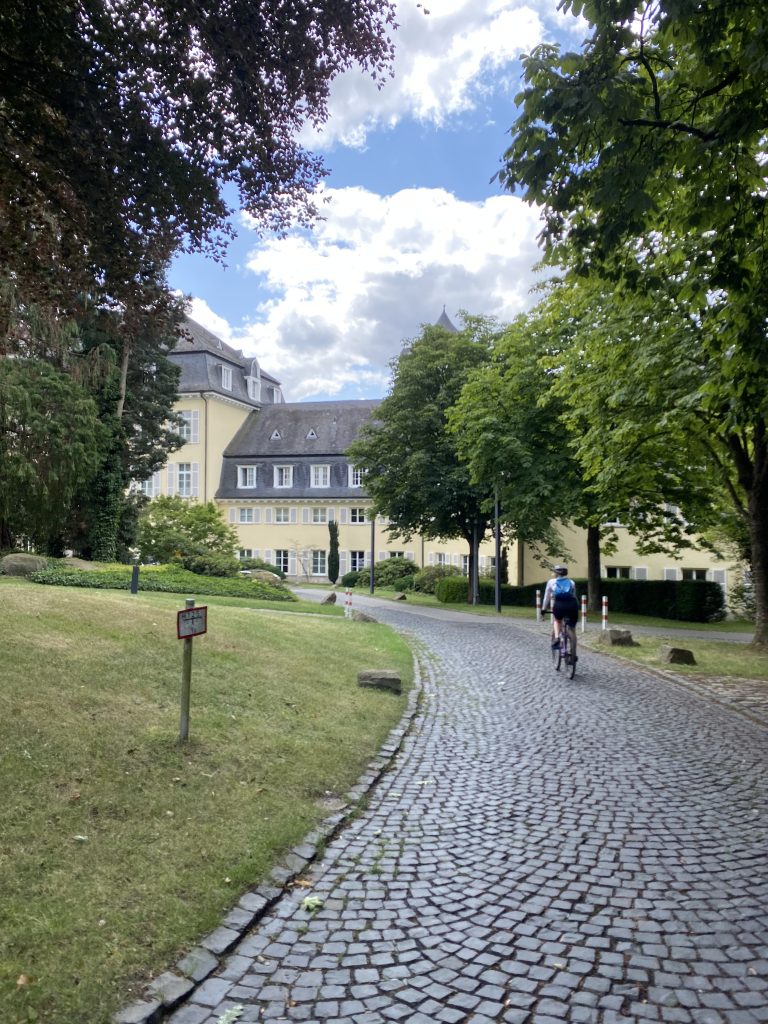

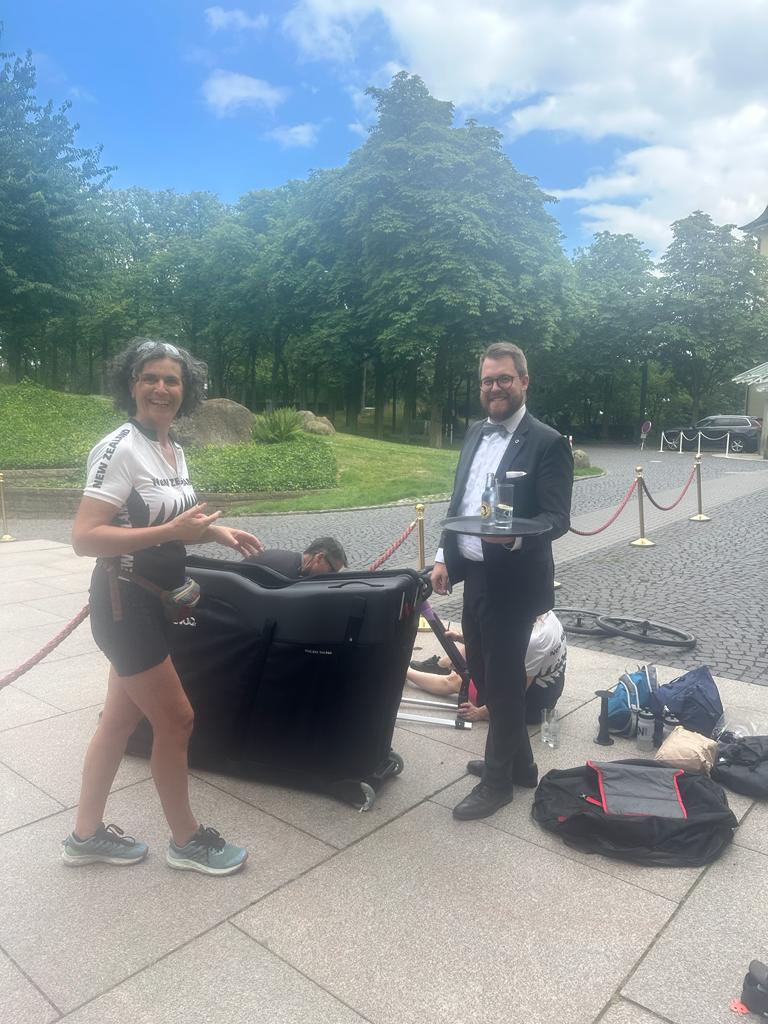
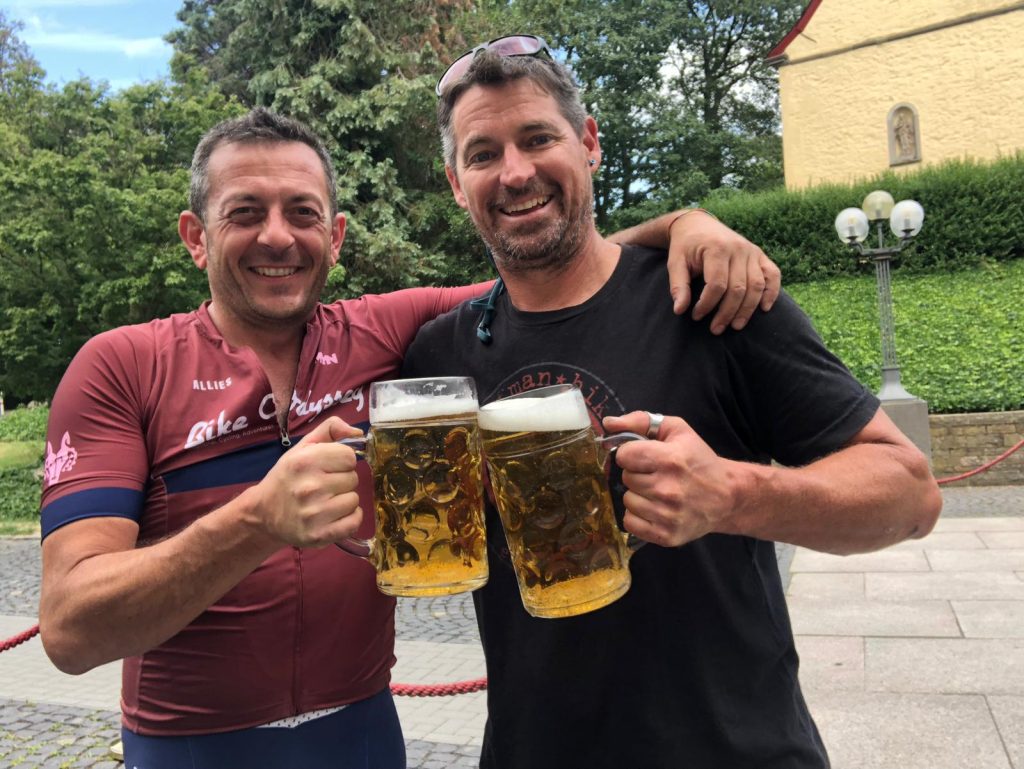
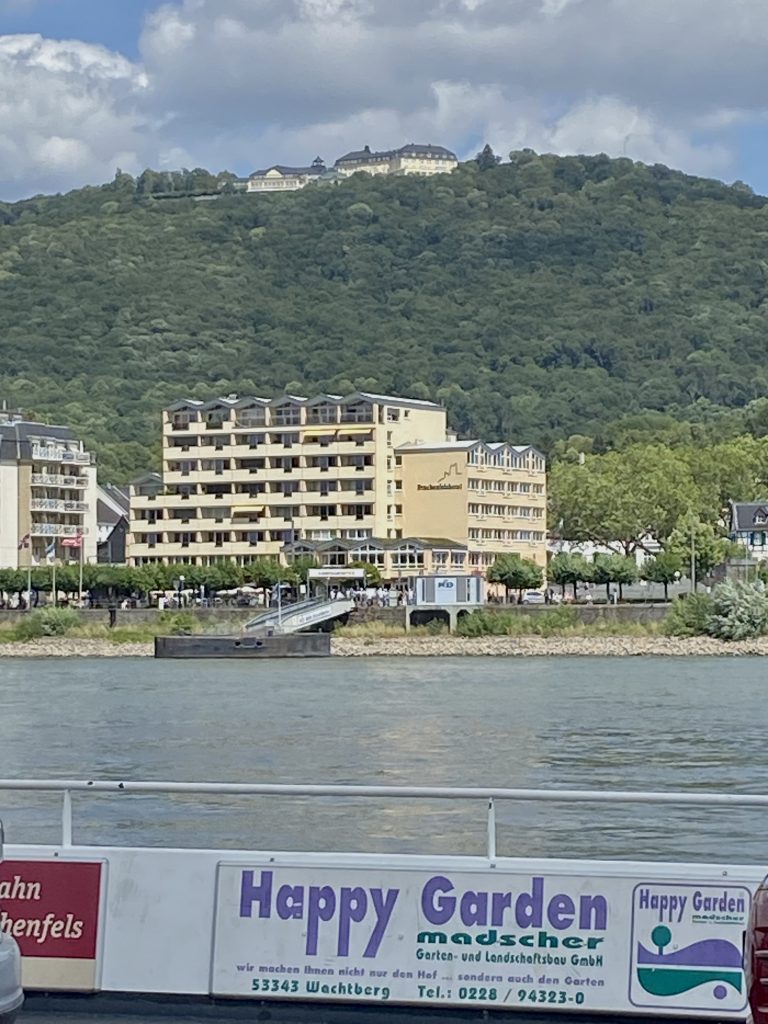
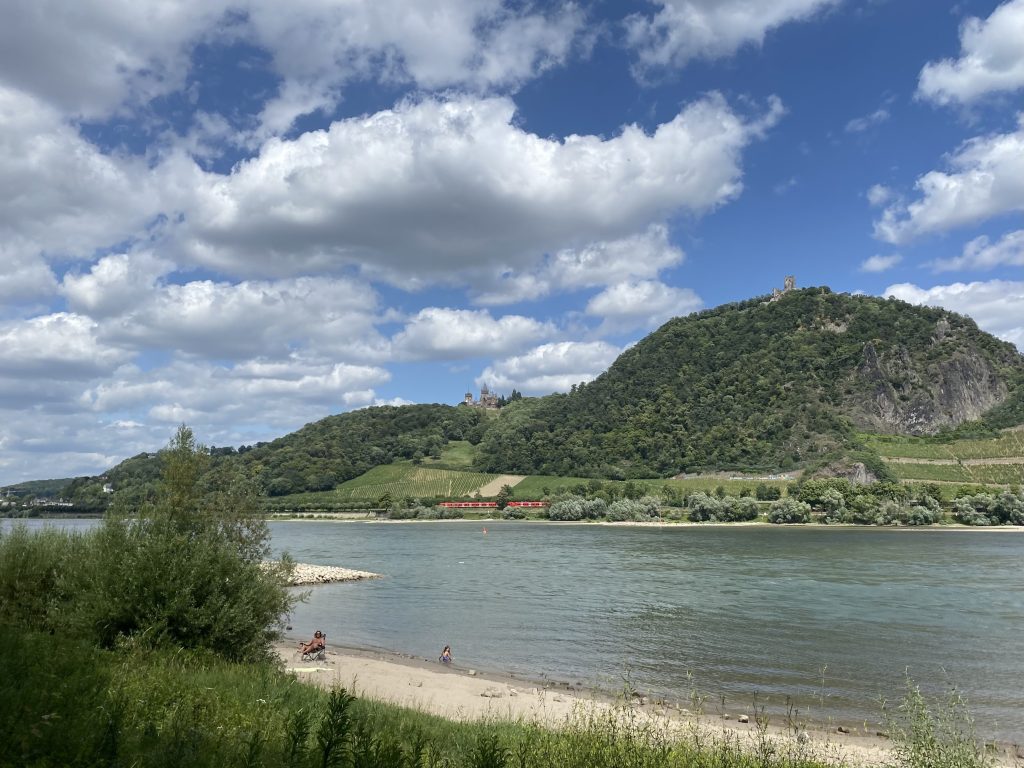

Hotel Petersberg is also the official guest house of the Federal Republic of Germany, termed the “Bundesgästehaus” It is located on a prominent mountain of the Siebengebirge near Bonn, Germany. With a height of 331 metres (1,086 ft), it overlooks the cities of Königswinter, on the right bank of the Rhine River, and Bonn on the opposite side. After World War II the Hotel Petersberg became the seat of the Allied high commission for Germany. After the German government moved to Berlin, the Petersberg continued in use as an official guest and conference house and has been dubbed the “German Camp David.”

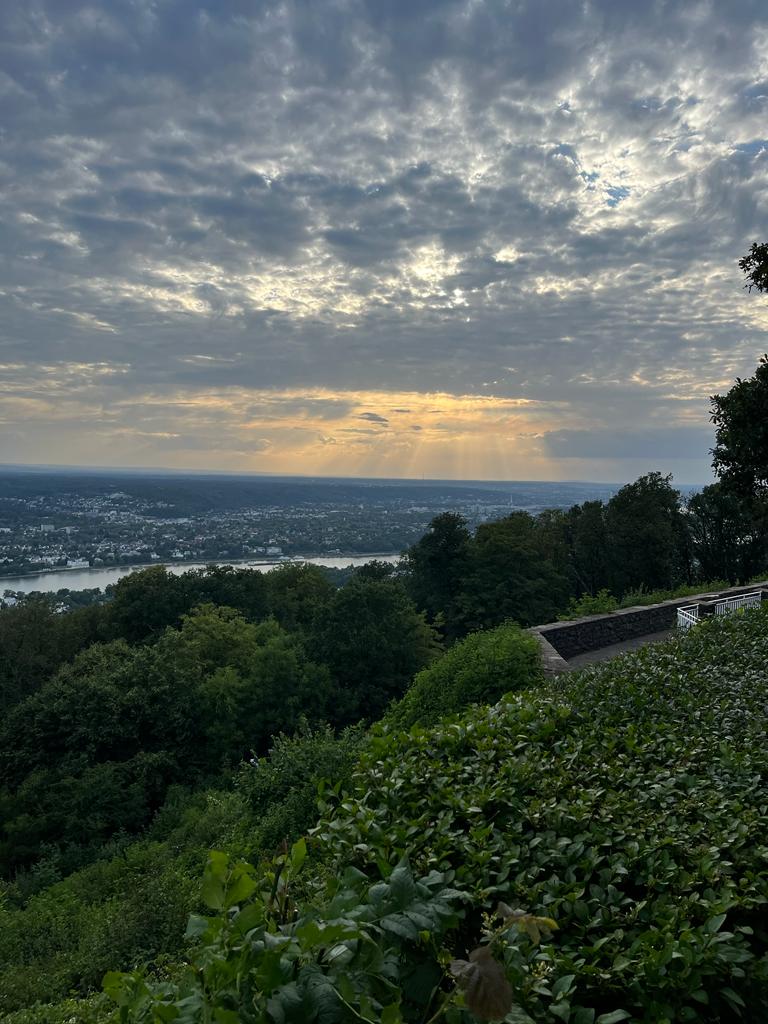

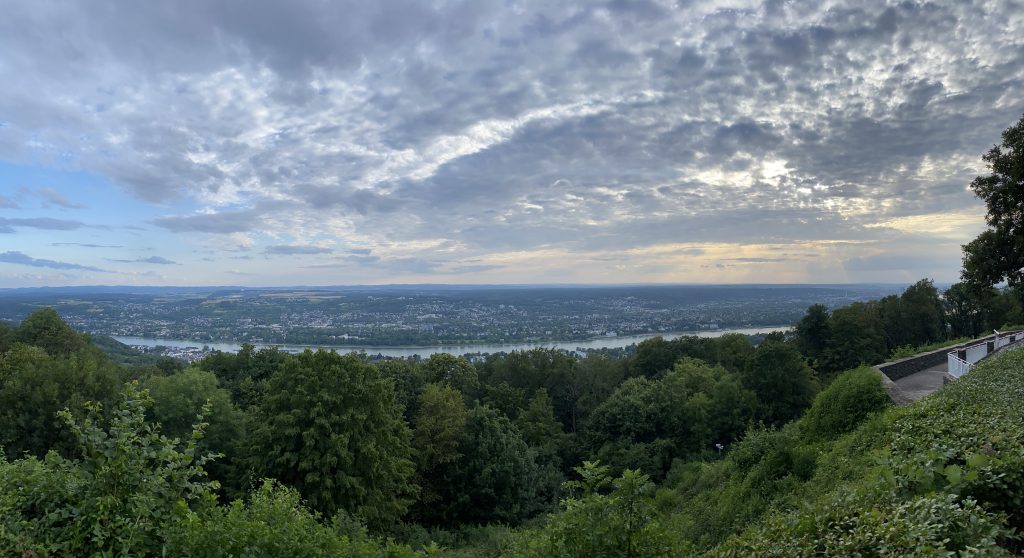
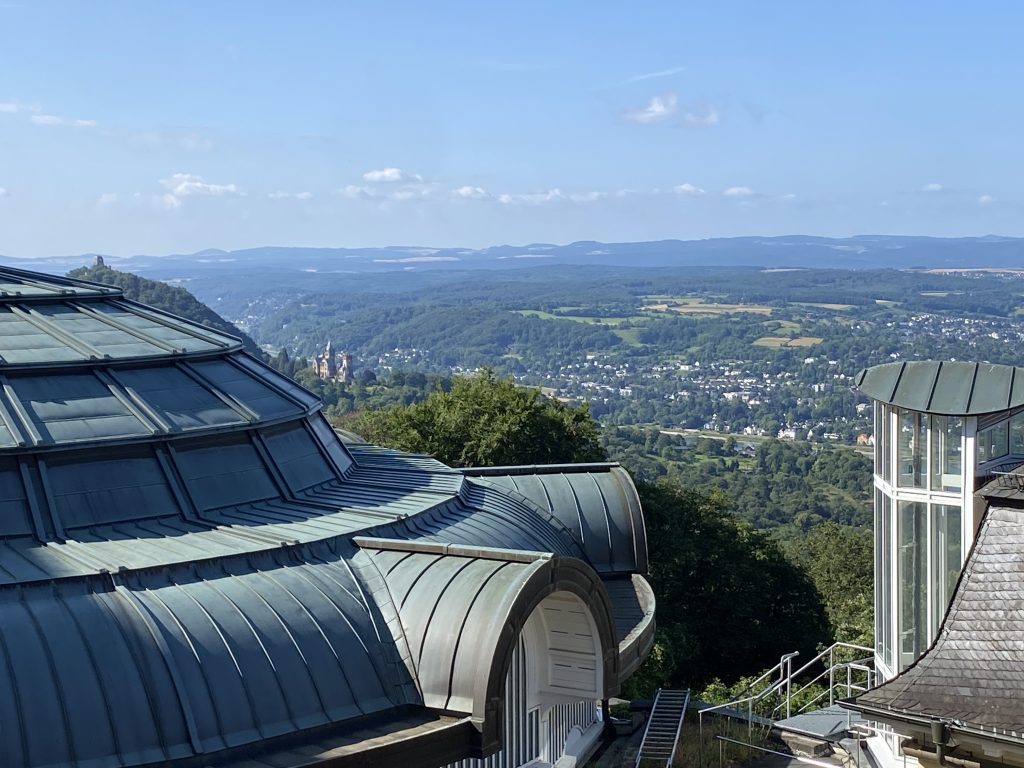
It’s been an amazing experience shared with exceptional people who have enriched and blessed my life. It will take some time to work through all that we have seen and done. It’s been emotionally and mentally draining at times, physically tough at others but always one full of encouragement, banter and lots of laughter and fun.
My riding stats…
21 days of riding, 1,759km travelled, 15,288 vert metres climbed, 6x 100km days
